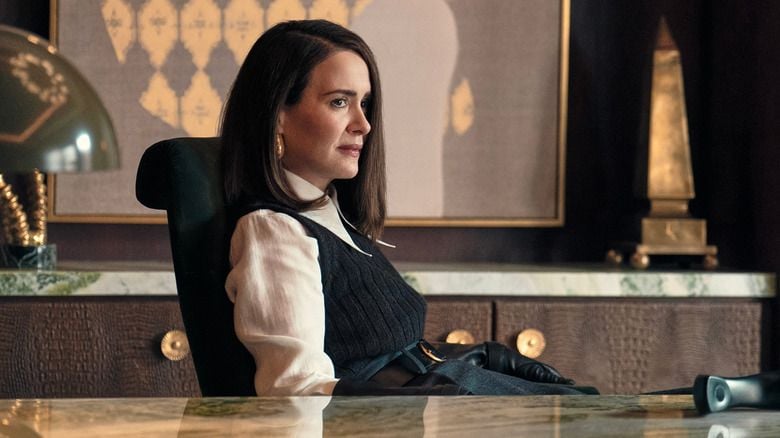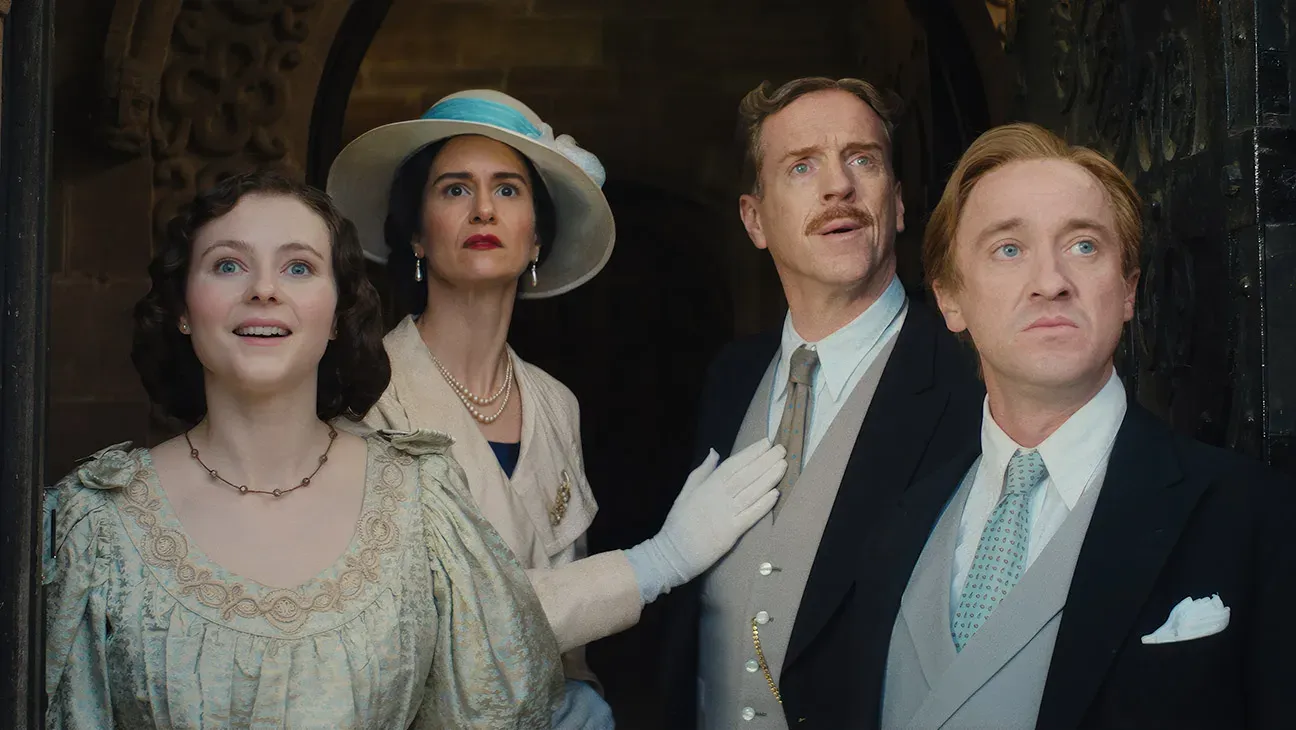
Anselm (2023) - Movie Review
- Dec 13, 2023
As he enters his 79th year, acclaimed German filmmaker Wim Wenders appears to be enjoying a renewed creative vigor. His recent work, "Anselm," a contemplative narrative feature set in Tokyo about an aging sanitation worker, is already being hailed as one of his most robust pieces in a long while. This latest project is introduced on the heel of one of Wenders' trademark idiosyncratic documentaries. The star of this documentary is the formidable and arguably unconventional artist, Anselm Kiefer, whose work often reflects the traumas endured by Germany during the 20th century.
Born in 1945, just months before Germany's defeat in World War II, Kiefer was a budding art prodigy despite the war's devastating impact on his homeland of Donauschingen. Widely known for his early conceptual work, "Heroic Figures," which features the artist saluting in a Nazi-esque pose at different locations across Germany- Kiefer seldom shied away from controversy.
Continuing in this vein, Kiefer moved to create large-scale pieces addressing the metaphysics of fascism and war, employing organic materials like straw and hair to make gigantic canvases that he would subsequently burn. He employed similar techniques within his handmade books-each page weighing as much as a brick or two. His principal texts often derive from poems penned by Holocaust survivor, Paul Celan. Despite Kiefer’s work being anything but pro-Nazi or nostalgic for fascism, he faced condemnation, often evoked by his own evasive responses.

Wim Wenders captures the complex Kiefer in 3D – an effect that does justice to Kiefer's outdoors installation art that blends traditional sculpture and earthworks to create an overwhelmingly powerful effect. He often utilizes this format creatively in his works, including the dance documentary "Pina," and fiction film, "The Beautiful Days of Aranjuez." Franz Lustig's 3D camera captures Kiefer moving leisurely around his enormous studios, almost lost amidst his monumental and imposing artwork.
Wenders, instead of resorting to a conventional documentary narrative with personal interviews and anecdotes, chooses an indirect light and instigates viewers to question the enigmatic artist. It might leave viewers pondering about a critical factor within the art world-finances, a topic overlooked in the film.
His new work again emphasizes that Kiefer, having grown up in an era when the past was meant to be forgotten, has made it his mission to recreate and question the past through his art. With limited release today, Wenders' documentary promises to be another compelling cinematic journey.







